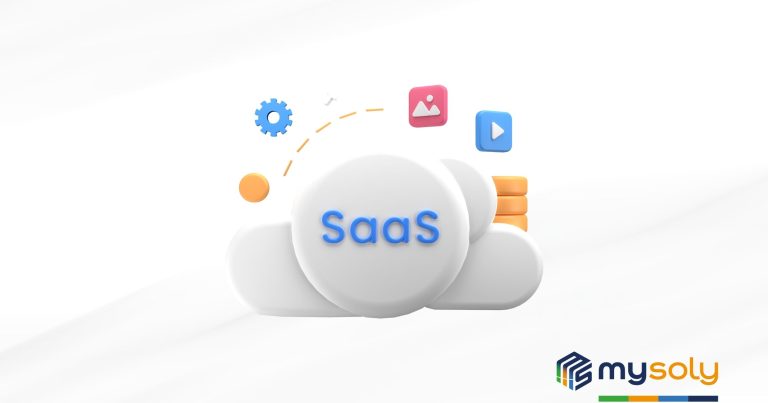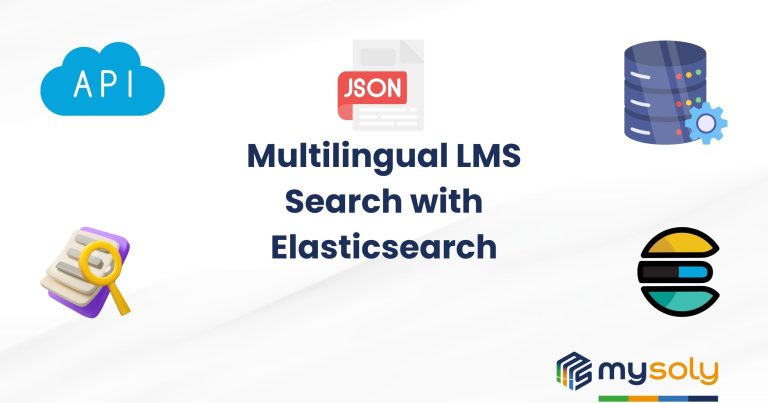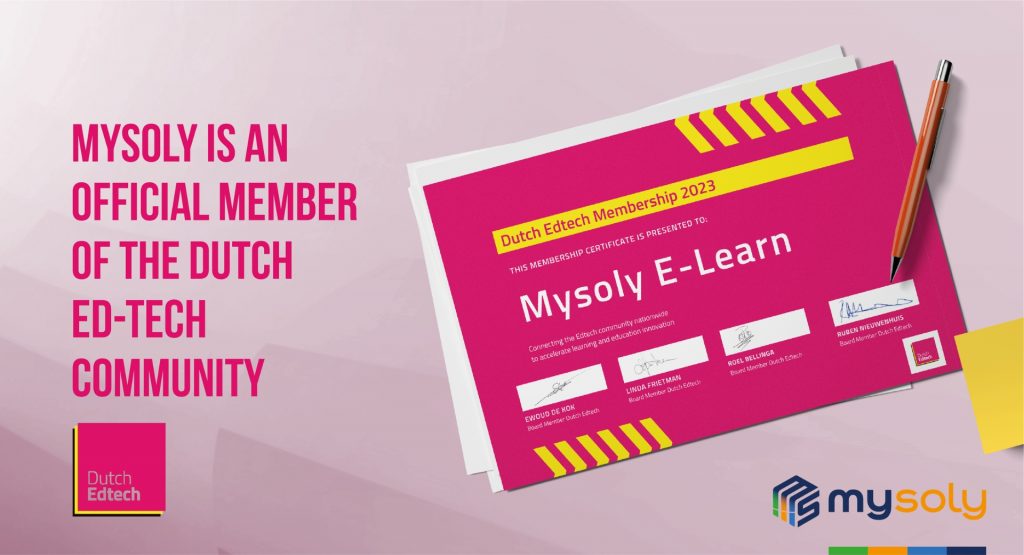News, articles, tips & tricks
AllAbout CompanyAI Based Multilingual-LMSAI updates and innovationsAPI IntegrationApplication DevelopmentBuild Performance, Frontend ToolsCI/CD - AutomationCloud TechnologiesCompanyEdtech TrendsEducation TechnologyEventsGenerative AIIndustryLarge Language ModelsLearning and Development (L&D)LMS Buyer’s GuideLMS OptimizationLMS SolutionsNews and Trends About AINews and UpdatesSoftware SecuritySoftware TechnologiesTips & Tricks
Content creation has evolved significantly with the introduction of artificial intelligence. Generative AI (Gen AI) has become a game-changer, helping businesses and individuals produce high-quality content efficiently. Understanding how to leverage AI in content creation can provide numerous advantages.
Training plays a key role in improving skills and knowledge. However, it is important to know if the training is effective. This is where training evaluation methods come in. These methods help organizations measure learning outcomes. Therefore, they can improve future training programs.
A SaaS-based learning management system (LMS) is a cloud-based platform that allows organizations to deliver, track, and manage training programs online. Since these platforms run on the cloud, they require no installation, making them accessible from anywhere. In addition, they offer scalability, flexibility, and cost-efficiency, making them ideal for businesses, educational institutions, and training providers.
A multilingual LMS (Learning Management System) allows users to access content in different languages. This feature provides significant advantages for platforms with international members. Enabling users to access content in their language improves user experience, enhances inclusivity, and ensures content localization. While this feature greatly advances the project, it also introduces complex data structures. The amount of data to be stored increases proportionally with the number of supported languages.
A strong learning and development (L&D) strategy helps businesses grow. It builds employee skills, improves job performance, and supports business goals. If you want to create a learning and development strategy, follow these key steps.
Learning and Development (L&D) is a strategic approach that focuses on improving employees’ knowledge, skills, and abilities. It helps individuals grow professionally and personally, ensuring they can perform their jobs effectively while preparing for future challenges. Companies use L&D to create a workforce that adapts to changes and achieves business goals.







